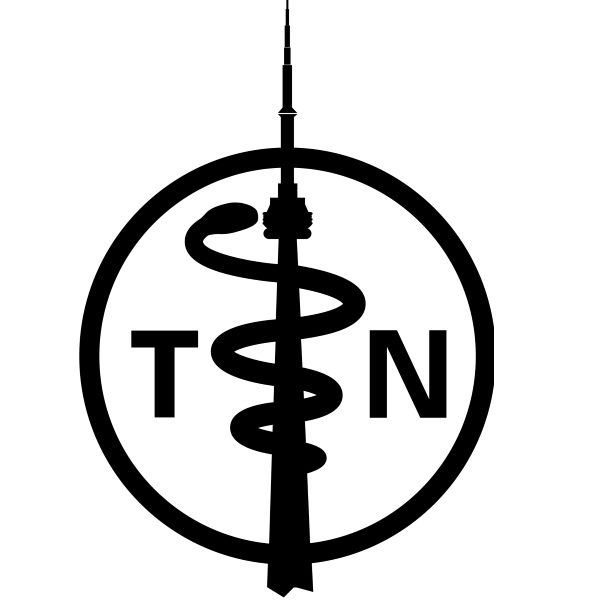Case 5 – Worsening Tremor
You are seeing Ms. Wilmington, a 63 year old woman, in your outpatient clinic. She tells you that her old tremor is getting worse. Take a focused history of her complaint and perform a focused physical exam.
History
- Onset of tremor
- Onset of worsening of the tremor
- Clarifies if tremor occurs during rest or activity (rest)
- Difficulty performing specific tasks due to tremor (writing)
- Change in gait – slowing, fewer steps, less arm swing
- Stability of gait
- Need for assistive devices for ambulation
- Difficulty with fine motor skills
- Posture changes
- Difficulty initiating movement
- Psychomotor retardation
- Change in affect
- Difficulty with short term memory
- Change in voice
- Effect on ADLs
- Effect on IADLs
- Personal history of a psychotic disorder
- Family history of Parkinson’s and/or essential tremour
- Current medications
- Addresses patient’s concerns as to what is causing these symptoms
- Inquires about symptoms of depression
- Patient’s concerns about independence
Physical Examination
Vitals/Inspection
- Measures orthostatic changes – comments on hypotension
- Inspects for masked face (none)
- Comments on stooped posture
- Comments on presence of resting tremor
- Comments on altered speech
Motor Examination
- Tests tone in upper extremities – comments on presence of cogwheeling
- Tests for essential tremor, likely not present
- Tests for intent tremor, likely not present
Sensory Examination
- Tests reflexes (normal)
- Tests for primitive reflexes associated with Dementia – palmomental and glabellar
- States that a sensory examination should be performed, though it would be normal
Gait Examination
- Evaluates patient getting up from chair, comments on bradykinesia
- Comments on shuffling gait
- Comments on stability of gait
- Comments on festinating gait and lack of arm swing
- Performs retropulsion test (positive)
